By: Jason Ilowite
There is no doubt that the way a technical rescue team trains directly impacts their performance when they are called upon to conduct an actual rescue. It is on the training ground that we develop operational relationships with our teammates, try new tactics, and hone our skills to perfection. In order to be effective, team leaders must have some sort of paradigm they follow for training; that they in turn set forth for their team. I have been part of several trainings where inner grumblings from the team members sounded something like, “When would we ever do this, this isn’t reality at all!”
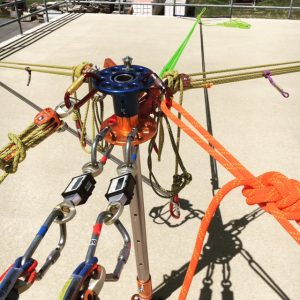
I should preface my stance on this matter by saying I absolutely see the value in training like you fight, practicing like you play, anything that means training in the same manner that you would operate on an incident. I happen to believe, however, that technical rope rescue is the exception to this rule. I see major benefits in distancing your team from reality a bit and training at a level well above what would be expected on a rescue; essentially rather than following the K.I.S.S (keep, it, simple, you know the rest…) method, allow your team to complexify their rigging and set up systems that would be considered impractical on an actual rescue. If your first feeling is disagreement, allow me to explain why this is a beneficial tactic for overall team and personal development.
Critical Thinking could also be coined as having an operational imagination, is possibly the single most important ability that a technical rescuer must possess. Our business is all about using your skills and applying them to any situation or environment. Take your
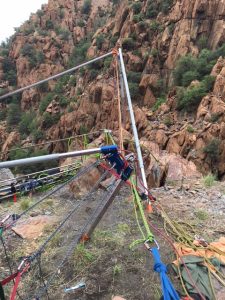 team to different training locations that are unfamiliar to them, and allow them to use their critical thinking skills to come up with their rigging, and encourage them to use more advanced tactics that might not have a place during the real deal. If one singular person always dictates every part of the rigging, we develop robots. While robots may carry out a select few tasks extremely well they are not programmed to adapt to the unknown. We must program our team to be capable of mitigating any technical rescue in any environment. Allowing your team to use their imagination and encouraging more advanced tactics while training, will make the simple quick tactics seem like casual work when time is of the essence.
team to different training locations that are unfamiliar to them, and allow them to use their critical thinking skills to come up with their rigging, and encourage them to use more advanced tactics that might not have a place during the real deal. If one singular person always dictates every part of the rigging, we develop robots. While robots may carry out a select few tasks extremely well they are not programmed to adapt to the unknown. We must program our team to be capable of mitigating any technical rescue in any environment. Allowing your team to use their imagination and encouraging more advanced tactics while training, will make the simple quick tactics seem like casual work when time is of the essence.
Skill Sharpening is another major reason why it is important to use the uncommon, not completely simplistic techniques on the training ground. Sure, we can all go to the same drill site, use the same anchors, with the same wrap 3 pull 2, and set up the same twin tensioned rope system every time and claim that the procedure is exactly what would occur on a real rescue. What did we really accomplish? Rope rescue skills are widely accepted as a “use it or lose it” type of psychomotor ability. If we use the same skills every time but neglect those that “take too much time” or are “not practical”, that once in a lifetime rescue that happens in an area we have never trained in before and is scarce with bombproof anchors is going to be incredibly difficult. We need to allow time to develop and retain the more advanced skills that separate the team that does the minimum to get by and the team that truly embraces the art of rigging. The team that values and encourages the use of all skills while training, is the one that will be ready for anything that comes their way.
Team Communication and operability amongst each other is the third major reason why more complex training evolutions benefit the team’s overall level of readiness. On the scene of a technical rescue, it is absolutely imperative that the team run like a well trained, disciplined group who are able to work together seamlessly. In order to achieve this, many hours of training must be conducted as a team, but the type of training plays a key role in achieving the desired effect. It is a well known fact that those who endure difficult things together develop an intense sense of teamwork, and bond as a group as a result of their hardships By creating more difficult scenarios that might be perceived as “unrealistic”, you force your team members to use their collective abilities as a group to achieve a common goal. As a result, communication, personal skills, and familiarity amongst each member of the team increases, yielding a team that will handle any rescue that comes their way with ease.
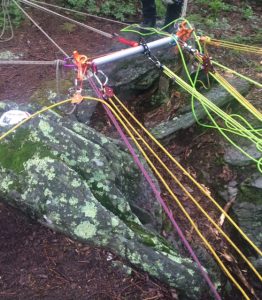
If reading this did nothing else, I hope it at least provided a new thought to those that are responsible for training. You will be amazed what your team is capable of doing if you give them the freedom to use their imagination. There will be an incredibly rich payout when the real deal comes to your team, and the members perform the basic skills like it’s casual business. The place for reality training in our profession can not be denied, but venturing outside reality’s box on occasion might be the piece missing to elevate your team to the next level.To recap, here is a short list of suggestions to consider in order to emphasize the critical points:
To recap, here is a short list of suggestions to consider in order to emphasize the critical points:
- Look for different places to rig. The same old spot creates too much comfort which leads to complacency.
- When at a training site, come up with creative rules to increase the amount of rigging. For example, perhaps make the giant bombproof tree directly in line with the edge off-limits as the main anchor. Make your people think.
- Encourage the use of techniques and equipment that don’t often get used. Advanced anchoring systems, and intricate high directional setups to name a few.
- Conduct an evolution that would not be common to your team. For example, a high line operation might be highly unlikely in your district, but the rigging involved might greatly benefit the team.
- Rotate people through being in charge of operations, from the newest member on up. Everyone needs to be able to learn the job of the team leader and be comfortable making decisions based on informed input from team members. Teamwork and communication will improve because of this.
With all that said, happy rigging!
Jason
Jason Ilowite is a Firefighter with the Loudoun County, VA Fire Rescue department where he serves on the county’s Heavy Rescue Squad, and Technical Rescue team. Jason specializes in technical rope rescue. He can be reached at jasonilowite@yahoo.com

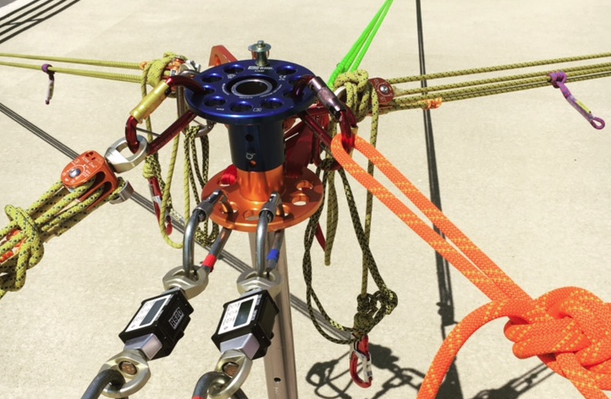
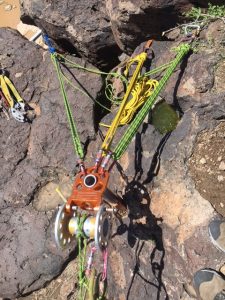








2 thoughts on “Stepping Outside of Reality: Tips to Take Your Teams Abilities to the Next Level”
30157 832267This internet internet site may be a walk-through its the data you wanted in regards to this and didnt know who must. Glimpse here, and you will totally discover it. 482904
873033 972387Any way Ill be subscribing to your feed and I hope you post once more soon. I dont feel I could have put it greater myself. 854399
Comments are closed.